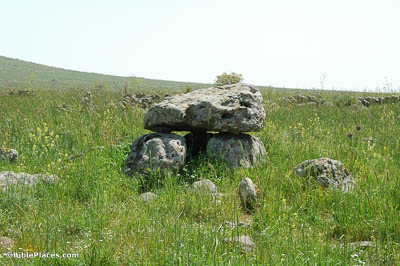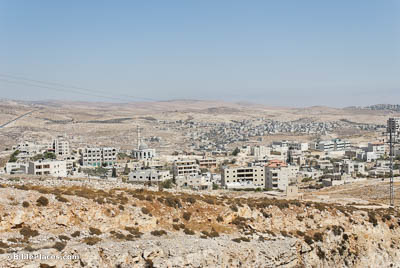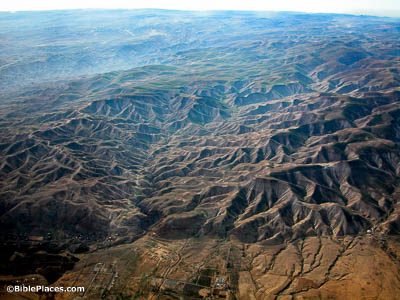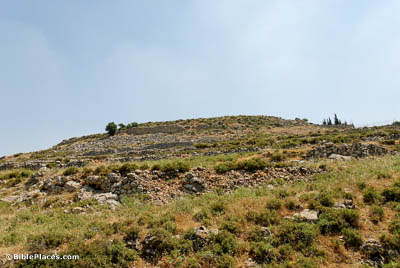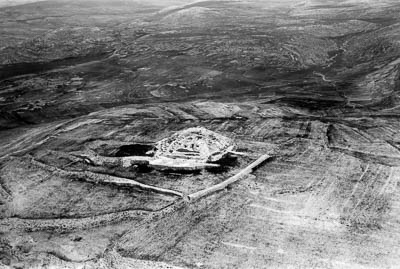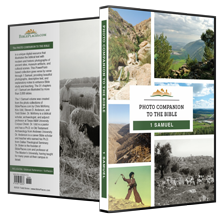You will find two men close to Rachel’s tomb in the territory of Benjamin at Zelzah (10:2).
According to Genesis 35:20, Jacob set up a pillar over the tomb of Rachel, which at the time of writing was still there. The use of massive stones to mark special places already had a long history in that day. The pile of very large stones shown here, known as a dolmen, is thought to mark a grave as well, although probably from an earlier time.
